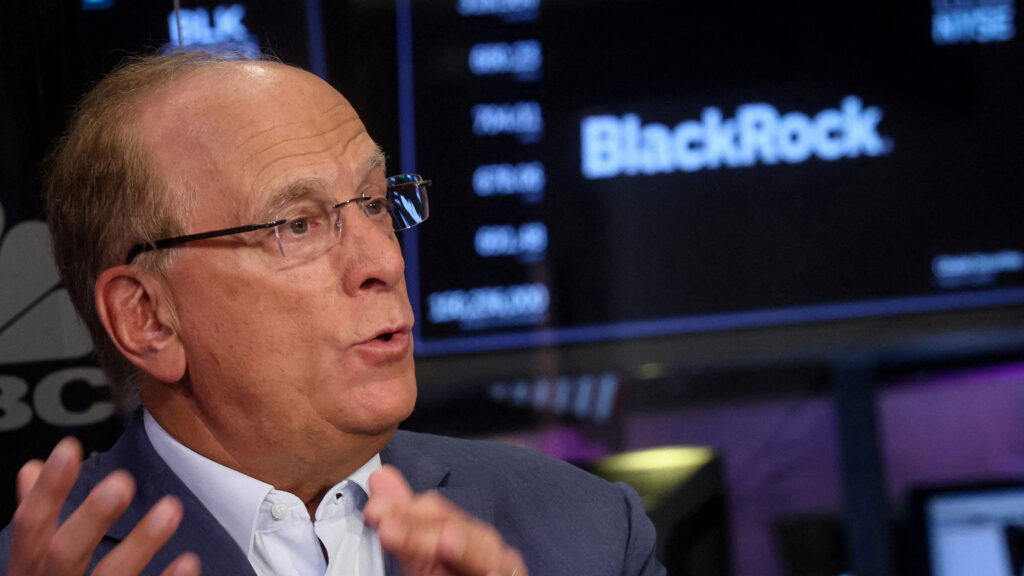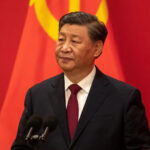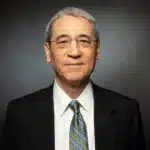In his 2025 annual letter to investors, BlackRock CEO Larry Fink unveiled a transformational vision for the future of asset management—one that places private markets at the heart of mainstream investing. With nearly $12 trillion under management, BlackRock is positioning itself not just as the world’s largest asset manager but as a bridge between Wall Street’s most exclusive opportunities and the portfolios of everyday savers.
Fink’s proposal to integrate private assets into vehicles like 401(k) retirement plans signals a monumental shift in how financial products are structured, distributed, and regulated. The message is clear for investors, regulators, and competitors alike: the next frontier is no longer institutional—it’s inclusive.
Highlights
- BlackRock’s plan to bring private assets to retail investors marks a turning point in the industry.
- Larry Fink’s 2025 letter outlines the “prosperity flywheel” and a democratization of access to alternatives.
- Private markets—once exclusive to institutions—are being positioned for mass adoption.
- Fees from alternatives now account for nearly 50% of global asset manager revenue
- Major players like Apollo, JPMorgan, and State Street are racing to launch retail-ready private market funds.
The Vision: Bridging the Access Gap
The BlackRock CEO envisions a future where everyday investors access the high-growth, high-margin world of private markets—an arena previously reserved for institutions and ultra-high-net-worth clients. He calls this the “prosperity flywheel”—a self-sustaining mechanism that can potentially empower millions to build generational wealth.
The holy grail? Embedding private assets into 401(k) retirement plans. Fink is not alone. From the alternative asset giants to traditional wealth managers, the push to retailize private markets is intensifying.
Why Private Markets Matter
Private markets, including private equity, venture capital, and private credit, now represent about 25% of global assets under management—but they account for a staggering 50% of industry revenue, according to Bloomberg Intelligence.
In contrast, passive products dominate BlackRock’s Exchange-Traded Fund (ETF) offerings and generate less than 10% of revenue.
Fee Compression Meets Opportunity
As fees decline across traditional asset classes—especially passive products—firms like BlackRock are seeking margin-rich alternatives. Private assets offer a compelling solution.
They’re less liquid, more complex, and come with higher fees, making them highly attractive to managers and, increasingly, investors hungry for differentiated returns.
Building the Infrastructure: Wrappers, Models, and Access
The asset management industry is rapidly innovating to build infrastructure around private asset access. From interval funds offering quarterly liquidity to private credit ETFs like Apollo’s PRIV, firms are experimenting with formats that balance investor needs with product constraints.
Interval Funds Lead the Way
Interval funds are gaining traction, especially among wealth managers who seek quarterly liquidity without the volatility of public markets. Unlike mutual funds, they limit redemption windows, which makes them ideal for holding illiquid assets like private credit and real estate.
Financial Advisors as Gateways
BlackRock is also integrating private market exposure into model portfolios, which are used widely by financial advisors. This distribution channel allows for scalable exposure and helps advisors diversify client holdings in an increasingly complex macro environment.
Challenges Ahead: Liquidity, Valuation, and Regulation
Despite the excitement, obstacles remain. Illiquid assets are not priced daily and don’t trade like stocks or bonds. Integrating them into traditional portfolios will require sophisticated valuation frameworks, investor education, and potentially new regulatory guidance.
“Products that aren’t bought and sold daily need different investor expectations,” said Bloomberg’s financials analyst Neil Seitz. “It’s as much a communications challenge as it is a structural one.”
Regulatory Gray Areas
The SEC’s position on private asset integration into retirement accounts remains nuanced. While there’s growing interest, clarity around valuation standards, liquidity expectations, and risk disclosure will be necessary for widespread adoption.
Industry Reaction: Wait-and-See vs. First-Mover Advantage
Market response so far has been tepid. Apollo’s private credit ETF (PRIV), for instance, has seen only two days of net inflows since its launch. Despite leading the dialogue, BlackRock hasn’t yet filed for a similar product—highlighting its cautious approach.
However, all signs indicate that this is just the beginning. “Every manager wants to be vehicle-agnostic,” said Seitz. “Whether mutual fund, ETF, or interval fund, the goal is to meet clients where they are.”
The Economics: Where the Margins Lie
For asset managers, the math is compelling. A traditional ETF may carry a 3–10 basis point fee. A private market wrapper? As much as 70 basis points or more. As Fink notes in his letter, this shift isn’t just philosophical—it’s financial.
Aligning with Demographics
With boomers retiring and millennials inheriting trillions, the demand for sophisticated, diversified portfolios will surge. BlackRock’s move to make private assets more accessible aligns with a generational wealth transfer and a broader push for portfolio resilience.
Conclusion: The Democratization Flywheel Has Begun
Larry Fink’s message is clear: private markets are no longer the domain of the elite. If BlackRock succeeds, it will have redefined retirement investing for millions. However, success will require coordination between regulators, advisors, product designers, and investors.
Just as the 60/40 portfolio defined a generation of investing, Fink’s 50/30/20 framework—anchored in public equity, fixed income, and private assets—may shape the next.




